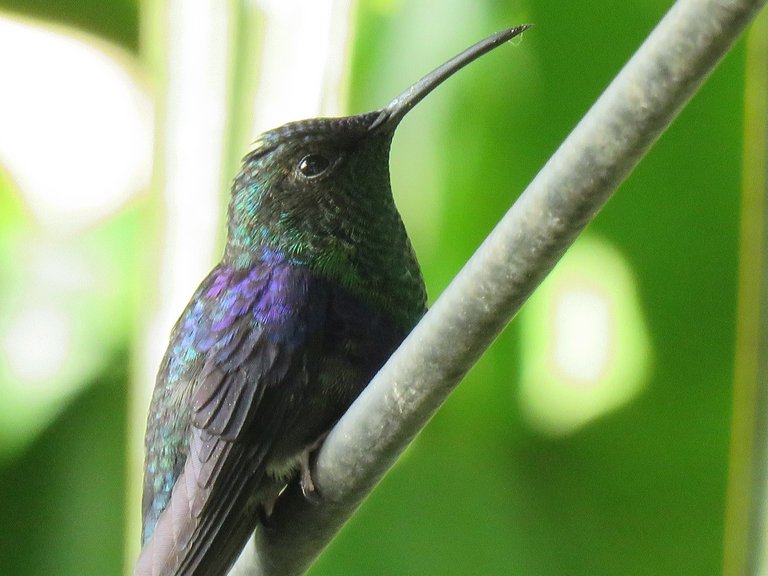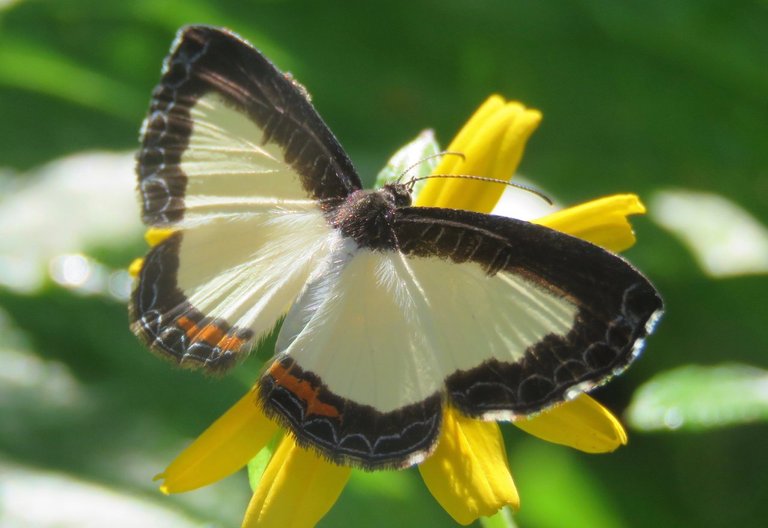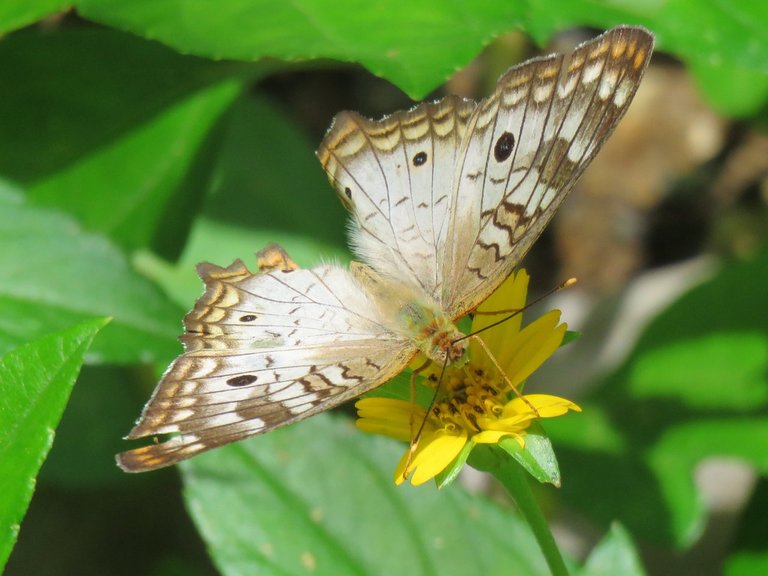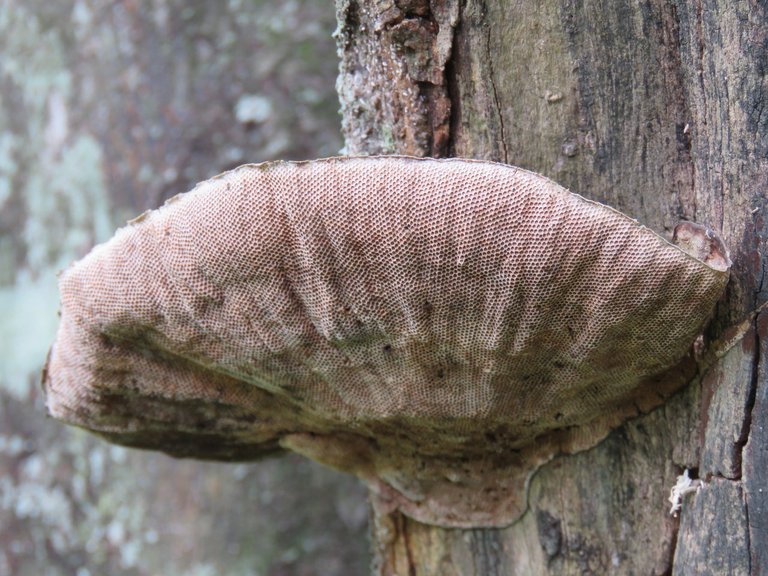"A thing of beauty is a joy forever!" Exploring feelings of beauty
Good day Hivers!
The feeling we experience when we see something beautiful is a complex and multifaceted emotional response that involves various psychological and physiological processes. While the exact mechanisms are not fully understood, several scientific theories and findings can help explain this phenomenon.


One theory suggests that our appreciation of beauty has evolutionary roots. Finding certain things beautiful, such as landscapes, flowers, or potential mates, may have provided our ancestors with survival advantages. Attractive landscapes could have indicated fertile land or sources of water, while physical attractiveness in potential mates could have signaled genetic fitness.

Neuroimaging studies using techniques like functional magnetic resonance imaging have shown that when we perceive something as beautiful, specific areas of the brain are activated. These areas include the orbitofrontal cortex and the ventral striatum, which are associated with reward and pleasure processing.
This suggests that our brains are wired to derive pleasure from beautiful stimuli. Isn't that in itself a thing of beauty to meditate on ;)




The experience of beauty often involves an emotional response. When we encounter something beautiful, we may feel emotions such as joy, awe, or wonder. These emotions can trigger the release of neurotransmitters like dopamine and endorphins, which contribute to feelings of happiness and well-being.
Research has shown that people tend to have certain aesthetic preferences that are influenced by cultural, social, and individual factors. For example, some patterns, colors, and symmetries are more likely to be perceived as beautiful. These preferences may be related to cognitive processes that help us process and make sense of our environment.

Our visual perception plays a significant role in our perception of beauty. Studies have found that symmetrical and harmonious visual stimuli are often rated as more beautiful. The brain's ability to process and recognize patterns, symmetry, and balance contributes to our perception of beauty.

Beauty can also evoke a sense of emotional resonance or a feeling of connection with the object or scene. This feeling may be related to the viewer's personal experiences, memories, or cultural background, adding an additional layer of complexity to the experience of beauty.
Of course cultural and social factors heavily influence our perceptions of beauty. What is considered beautiful can vary widely across different cultures and time periods. Social influences, such as peer opinions and media representations, can also shape our ideas of beauty over time.

While science has made significant progress in understanding the neural and psychological processes underlying the perception of beauty, it remains a deeply subjective and culturally influenced experience.
One thing I think we can all agree on is
"A thing of beauty is a joy forever!"
( A line from the poem Endymion by John Keats )
Until the next time.. keep embracing those wonderful feelings of experiencing beauty in our world. Absorb and expand them until you are a power being of love and light. Then allow it to pour into those around you.

What a beautiful pics💕
thank you
You captured so much beauty in your photos. I love them all Sallybeth.
thank you so much , so lovely to hear from you x
Thanks for your contribution to the STEMsocial community. Feel free to join us on discord to get to know the rest of us!
Please consider delegating to the @stemsocial account (85% of the curation rewards are returned).
You may also include @stemsocial as a beneficiary of the rewards of this post to get a stronger support.
Very beautiful nature with such good vibes.
thank you very much.